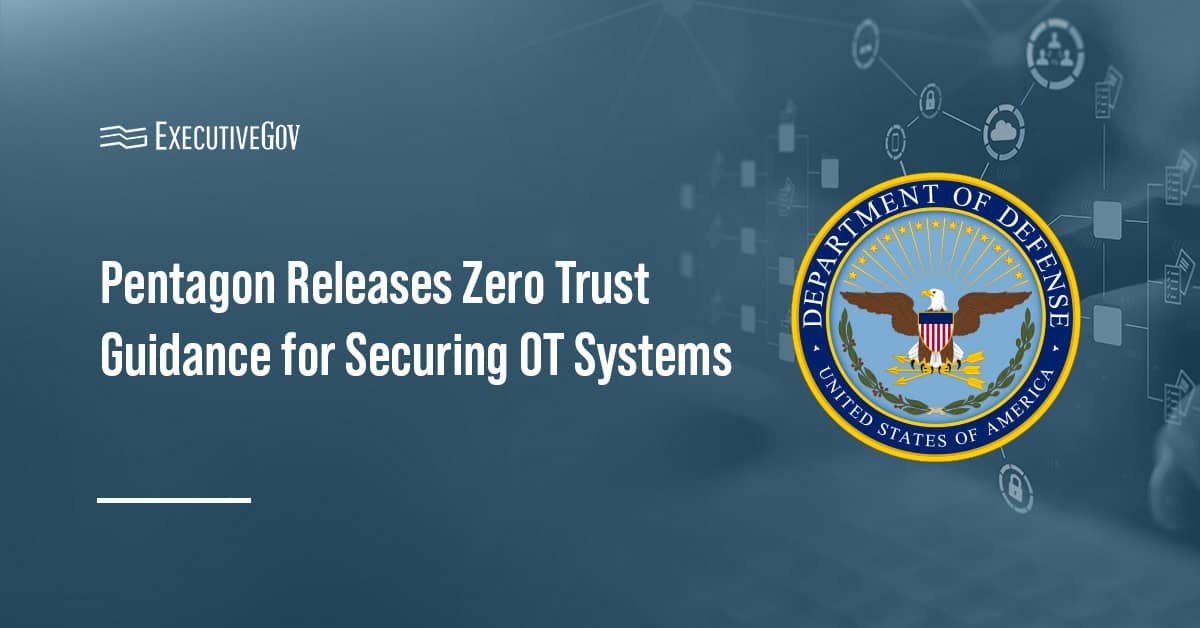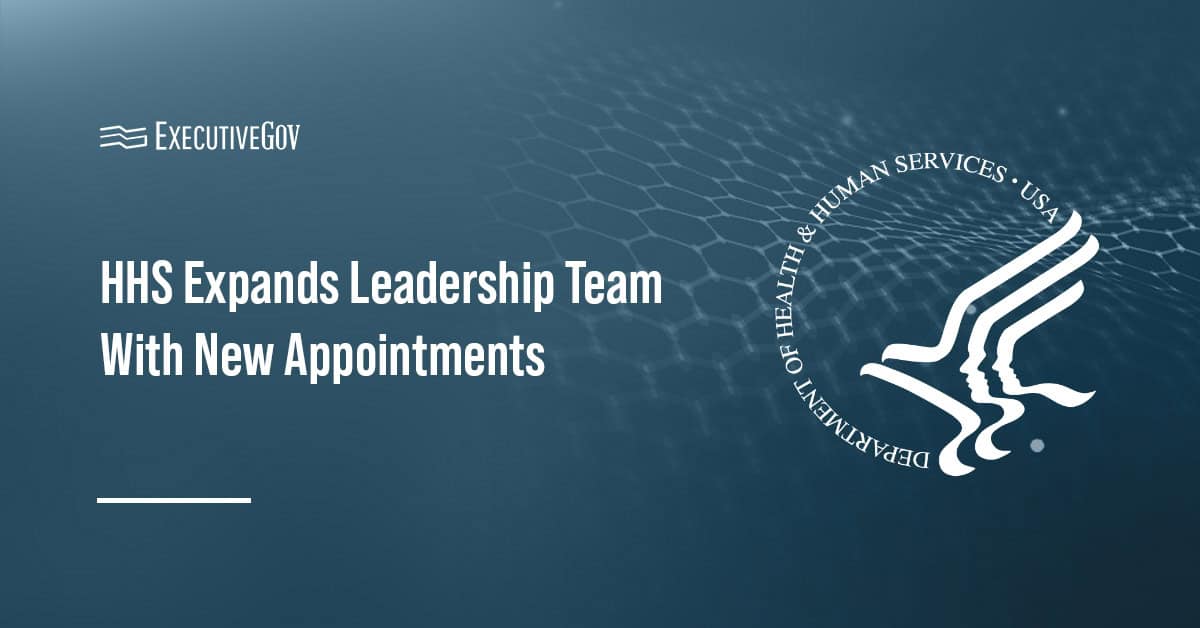 Henry Obering, an executive vice president at Booz Allen Hamilton and a former Missile Defense Agency director, has said MDA faces budget constraints that could impact the agency’s research and development efforts, Air Force Times reported Saturday.
Henry Obering, an executive vice president at Booz Allen Hamilton and a former Missile Defense Agency director, has said MDA faces budget constraints that could impact the agency’s research and development efforts, Air Force Times reported Saturday.Phillip Swarts writes Obering told a conference hosted by the Center for Strategic and International Studies in Washington the potential budget shortage could affect U.S. defenses against threats posed by North Korea, Iran, China and Russia.
“We have to be able to overcome things like advance countermeasures, maneuvering warheads, hypersonic vehicles and much more,” Obering said.
The retired U.S. Air Force general added the Defense Department should invest in technologies such as space-based targeting and tracking systems as well as directed energy weapons to engage adversaries’ missiles.





